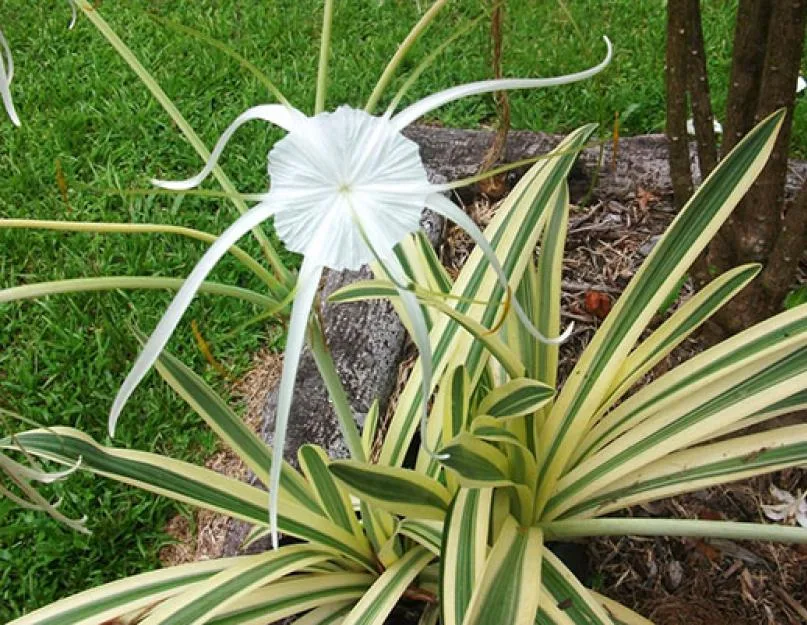index
Introduction
The Spider Lily, scientifically known as Hildewintera colademononis, is a remarkable succulent plant, appreciated for its unique appearance and resistance. Originally from the mountainous regions of South America, this succulent belongs to the Cactaceae family and has won over plant enthusiasts due to its distinctive characteristics. Its popular name, Spider Lily, derives from the peculiar appearance of its stems, which resemble the legs of a spider.
Significance of the Spider Lily
In addition to its intriguing aesthetic, the Spider Lily carries with it symbolic meanings. Associated with resilience and adaptation, this lily is often considered a symbol of overcoming, inspiring admirers to face challenges with tenacity. Its ability to thrive in adverse conditions also represents the inner strength and beauty that can flourish even in the most unusual circumstances.
| Common Name | Spider Lily |
|---|---|
| Botanical Name | Hildewintera colademononis |
| Family | Cactaceae |
| Type of Plant | Succulent |
| Adult size | Up to 30 cm high |
| Solar Exhibition | Full sun to half shade |
| Soil Type | Well drained |
| Soil pH | Slightly acidic to neutral (6.0 to 7.0) |
| Flowering Season | Spring to summer |
| Color of Flowers | Varies between shades of red and orange |
| Native Area | Mountainous regions of South America |
| Toxicity | Not known |
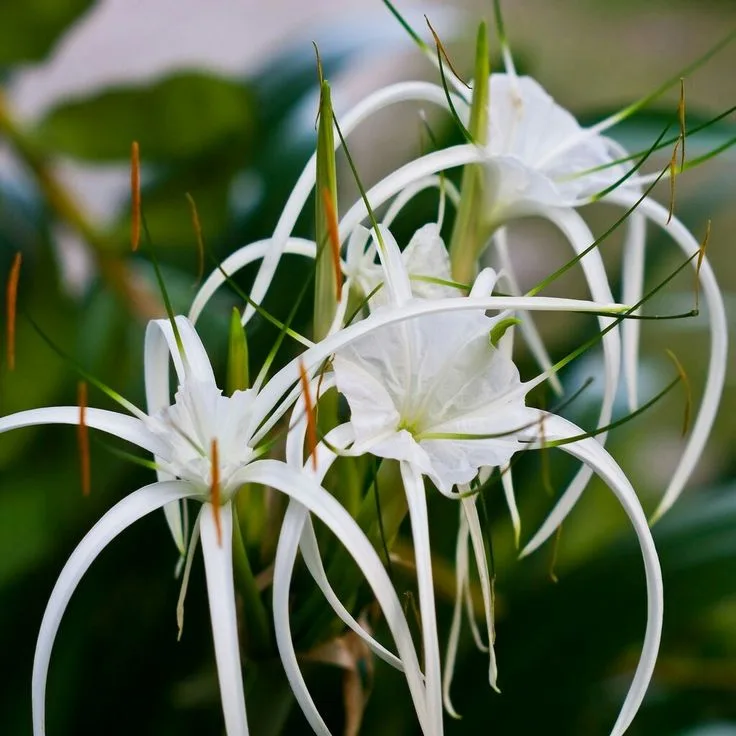
How to Care for the Spider Lily
Proper care is essential to maintain the exuberance of the Spider Lily. Here are specific guidelines for each crucial aspect of its cultivation:
Light
Suitable Sun Exposure: The Spider Lily thrives in environments that receive direct to partial sunlight. Make sure you place it in a spot where it can receive at least 4 to 6 hours of daily sunlight to ensure its healthy growth.
Soil
Well-drained soil: Plant the Spider Lily in well-drained soil. A mixture of cacti or succulents, enriched with perlite or sand, provides the ideal conditions to prevent water from accumulating around the roots.
Water
Moderate Watering: Avoid excessive watering. Let the soil dry out between waterings to prevent waterlogging problems. In winter, reduce the amount of water as the plant enters a period of dormancy.
Temperature and humidity
Moderate climate: The Spider Lily prefers moderate temperatures. Protect the plant from frost, as it is more sensitive to extreme temperatures. Maintain good ventilation to prevent humidity-related problems.
Fertilization
Balanced Fertilization: Fertilize the Spider Lily during spring and summer with a balanced fertilizer for cacti. Follow the product’s instructions to avoid excess and provide the necessary nutrients.
By following these guidelines, you will be creating an environment conducive to the healthy flowering of the Spider Lily and enjoying the unique beauty of this succulent plant.
How to Make Spider Lily Cuttings
Cautious Propagation
Stem selection: To start the propagation process, choose healthy, mature Spider Lily stems. Choose to cut segments that are at least 10 cm long, ensuring that each cutting has a few leaves.
Healing Before Planting: After cutting, let the stems dry in a shaded place for about 24 hours. This healing period helps prevent infection problems after planting.
How to Plant the Spider Lily
Soil preparation: Plant the seedlings in well-drained soil, using a specific mix for cacti and succulents. Make sure that the container or soil in the garden allows for good drainage.
Suitable placement: Make small holes in the soil and insert the seedlings, gently pressing the soil around them. Keep the soil level close to that of the seedlings to avoid sinking problems.
Moderate Initial Watering: After planting, carry out moderate watering to establish the seedlings. Avoid waterlogging the soil, as the Spider Lily prefers slightly dry conditions.
By following these careful guidelines for making seedlings and planting the Spider Lily, you’ll be taking the first steps towards growing a thriving collection of this unique succulent.
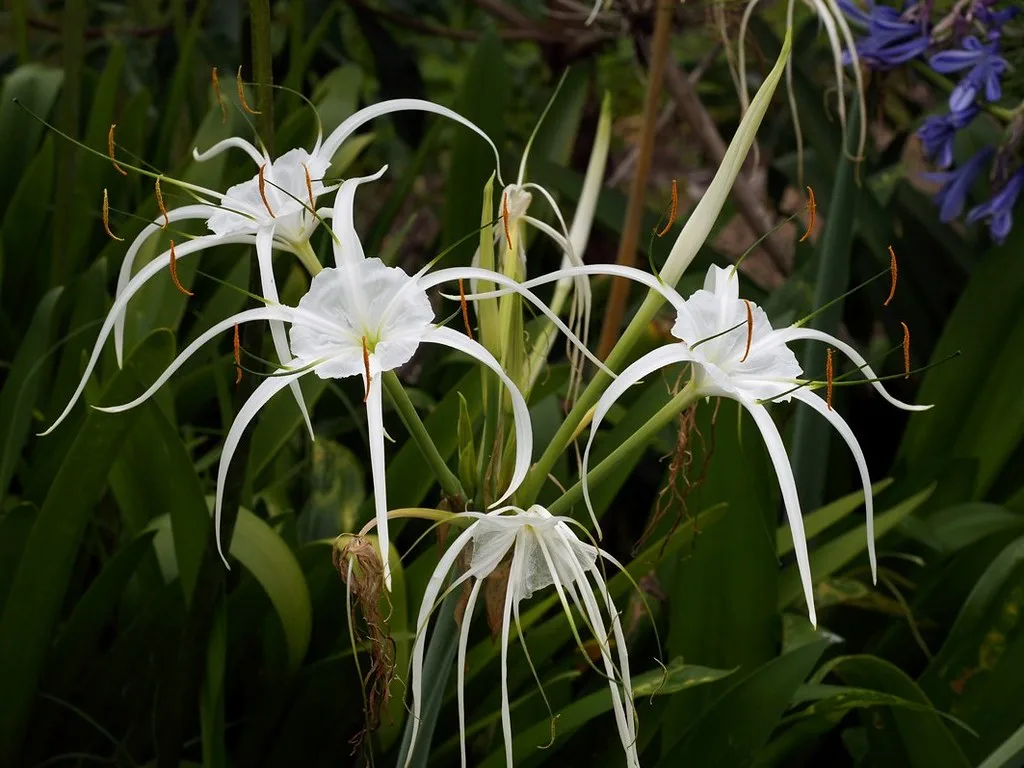
Pests and Diseases
Common pests:
- Mites: Symptoms: Thin webs on the leaves. Solution: Use predatory mites or apply neem oil.
- Bugs: Symptoms: White spots and sticky secretion. Solution: Remove manually or use insecticidal soap.
- Slugs and snails: Symptoms: Damage to leaves and stems. Solution: Traps or manual control.
Common illnesses:
- Root rot: Symptoms: Dark and waterlogged roots. Solution: Transplant to well-drained soil and reduce watering.
- Mildew: Symptoms: Powdery white spots on the leaves. Solution: Specific fungicides or milk solution.
- Stem rot: Symptoms: Dark, soft spots on the stems. Resolution: Remove affected areas and adjust humidity conditions.
Common Problems and Their Solutions
Yellowed pages:
Cause: Over-watering. Solution: Adjust the watering regime, allowing the soil to dry out between irrigations.
Flaccid stems:
Cause: Lack of sunlight. Solution: Reposition the plant to a better-lit area.
Withered leaves:
Cause: Lack of water. Solution: Increase the frequency of watering, maintaining an adequate balance.
By identifying and treating these problems quickly, you will ensure that your Spider Lily remains healthy and resistant to possible adversity.
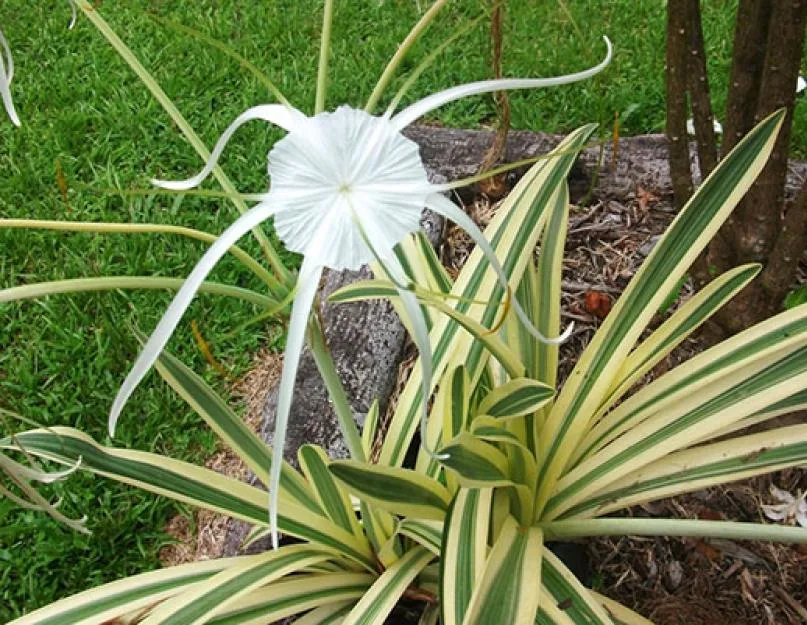
Curiosities and Myths
Fascinating Curiosities
- Mountainous Origins: The Spider Lily, Hildewintera colademononis, has its roots in the mountainous regions of South America, where it has developed unique adaptations to cope with challenging conditions.
- Peculiar Name: The nickname “Spider Lily” derives from the resemblance of the stems to the legs of a spider, adding an intriguing touch to its botanical identity.
- Resistance in Miniature: Despite its compact size, the Spider Lily is remarkably resilient, facing adverse conditions with grace and flourishing in challenging environments.
Myths Unraveled
- Exaggerated Toxicity: Myth: Spider Lily is highly toxic. Reality: There is no substantial evidence of toxicity, making it safe for households with pets and children.
- Complex Requirements: Myth: The Spider Lily requires extremely complex care. Reality: With proper care, this succulent is surprisingly resilient and easy to maintain.
- Fragile flowers: Myth: Spider Lily flowers are delicate and short-lived. Reality: With the right conditions, the flowers can persist for extended periods, adding lasting beauty to your space.
Exploring these curiosities and uncovering myths broadens appreciation for the Spider Lily, providing a deeper connection with this captivating plant.
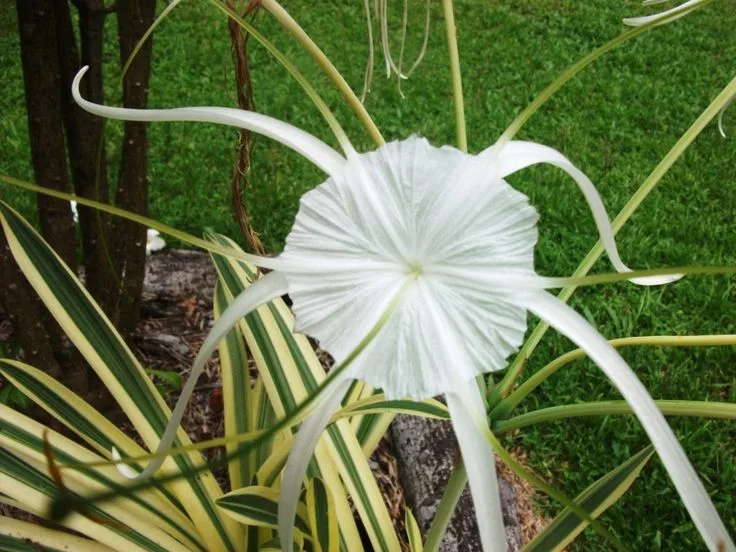
Conclusion
Exploring the charms of the Spider Lily, we dive into a fascinating botanical universe, full of intriguing curiosities and debunked myths. Originally from the high mountains of South America, this specimen of the Cactaceae family captivates not only for its peculiar resemblance to the legs of a spider, but also for its resistance and adaptability in challenging environments.
Our journey covered everything from essential care, including light, soil, water and fertilization, to the exciting art of propagation. By debunking myths about its toxicity and complexity in cultivation, we reveal an accessible and rewarding Spider Lily. Whether as a focal point in your garden or a unique touch in interior decoration, the Spider Lily not only adds beauty, but also symbolizes resilience and overcoming. By embarking on this botanical journey, we cultivate not just a plant, but a meaningful connection with nature, proving that with proper care, beauty can flourish in all directions.
Frequently Asked Questions
What does the spider lily flower look like?
The Spider Lily flower, scientifically known as Hildewintera colademononis, is unique and captivating. Its stems produce vibrant bell-shaped flowers in shades of red and orange, adding a touch of exoticism to the environment. The unique beauty of these flowers, along with their visual resemblance to the legs of a spider, makes the Spider Lily a charming choice for succulent enthusiasts.
What is the red spider lily?
The “red spider” often associated with the Spider Lily does not refer to a pest, but to the plant itself. This designation can be derived from the resemblance of the stems to the legs of a spider or from varieties that exhibit reddish tones. It is not a pest, but an intrinsic element of the Spider Lily itself.
What does the spider lily mean?
As for the Spider Lily’s meaning, it can vary, but it is often associated with resilience and the ability to thrive even in challenging conditions. The plant, which originated in mountainous regions of South America, symbolizes adaptation and overcoming, making it a symbolic and aesthetically appealing choice for those who grow it.


